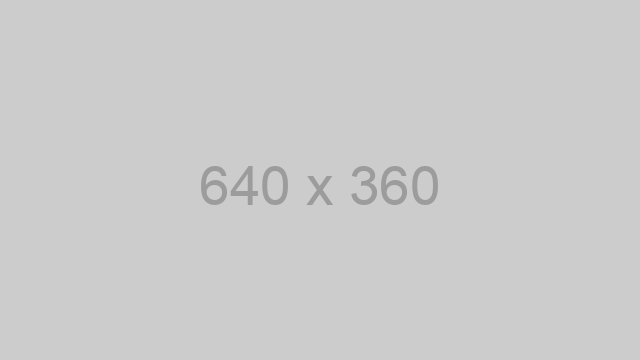How to Trade Forex - Guide

Lorem Ipsum
Understanding the Fundamentals
Trading forex involves understanding the fundamental factors that drive currency evaluations. These factors include primarily GDP growth rate, interest rate expectations, and political stability. Macro factors determine demand and supply forces for each currency. The difference between the two gives rise to the price direction of a currency pair.
One currency, the base currency, is quoted in terms of a second currency, the counter currency. The base currency is a fixed unit of one, and the price of that unit is quoted in terms of the counter currency. If you are looking at the EUR/USD, then the price of this pair is quoted in US dollar terms to buy and sell 1 Euro.
All of the Major currency pairs are quoted against the US dollar or have the US dollar as the base currency. Majors include EUR/USD, GBP/USD, USD/JPY, AUD/USD, USD/CHF, USD/CAD and NZD/USD. Other pairs are known as minors, or exotics depending on the country. Any currency pair that does not involve the US dollar is known as a cross.
If the macro factors for the US are stronger than those of the Euro area you can expect an appreciation of the US dollar against the Euro. Remember, that the Euro may have bullish factors in play, but if the US has stronger economic numbers than the Euro area then you can expect the US dollar to appreciate against the Euro.
Define Your Trading Strategy
Defining your trading strategy will involve the 3 steps outlined in the list below.
1. Choose Which Markets (currency pairs)
One of the most obvious choices is to trade the currency of your country of residence. This seems an obvious choice as you will have access to a lot of relevant news on the currency you are trading.
You may also want to trade other currency pairs that do not involve your domestic currency. In general, it is best to start with the majors. Mainly due to a large amount of liquidity offered by these markets and the vast coverage they have in the news.
2. Day Trading or Swing Trading
Here you need to decide if you will be holding trades for the day only or longer periods. This is important because it will greatly affect what your trading strategies should be. Day trading will incur its costs as you are opening and closing a trade on the same day. You will also be limited in the number of pips you can make per trade, as many FX pairs have relatively small intraday price ranges.
This decision will also reflect upon your analysis. The day trading time frame does not allow much in terms of the overall fundamental analysis of a currency pair. Yet, you will still have to be aware of the economic news released during the day. Unexpected data can have a large impact on price when something unexpected is released.
3. Define the Elements of Your Analysis to Enter Trades
Once you have decided whether you will be day trading, holding positions for longer, or trading a mix of both, you will need to develop some analysis tools. The first thing to have at hand always, and check every morning is an economic data release calendar.
This data is important, as mentioned before unexpected numbers will create large movements in price and therefore opportunity. You will also need to establish some technical analysis skills. Especially when you are day trading. Technical analysis will help you determine entry and exit points. Fundamental analysis of macro factors is only applicable when used in swing trading, and always together with technical analysis.
Trading Risk & Management
This is the nitty-gritty part of trading, as it is the part where you define how much you are willing to lose. The first number to think of is what is your maximum drawdown limit? If this number is reached, then you should be prepared to stop trading and reassess your strategy.
Once you have defined the maximum drawdown, you need to establish how many trades you will place over a month. Of course, that depends greatly on whether you are day trading or swing trading. You then need to divide the maximum drawdown by this number.
This would give you the loss per trade you can sustain while placing the number of trades you expect for a month. It's an exercise to limit the amount of damage you take in each trade and to spread the risk across enough trades.
Choose A Platform
Although this is a very subjective choice as there is no hard science that can point us to which platform is the best one. It will come down to demo trading on as many platforms as you feel may have the characteristics you are looking for.
You may be looking for something effective but simple, or you may want to have a platform that is open source and allows you to code your own templates for order execution or technical tools. In any case, the choice is purely personal. You may also start with one particular platform but migrate to another when your needs change.
More Trading Guides


